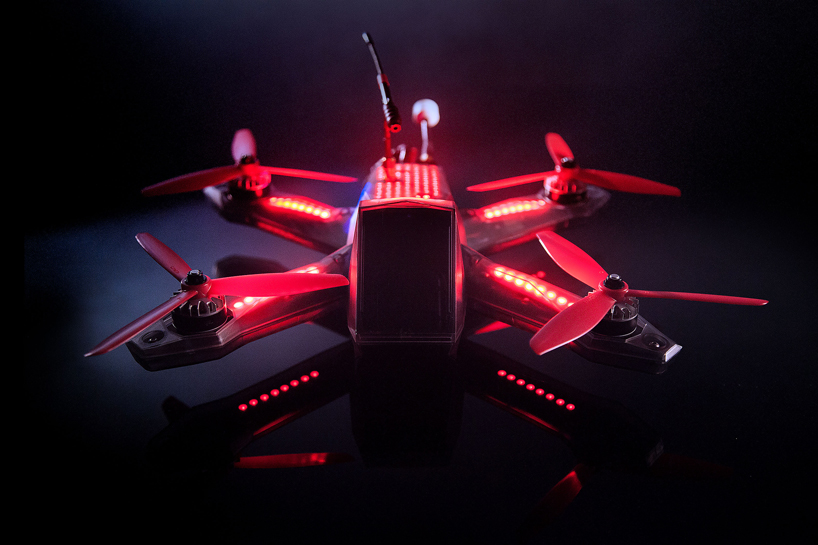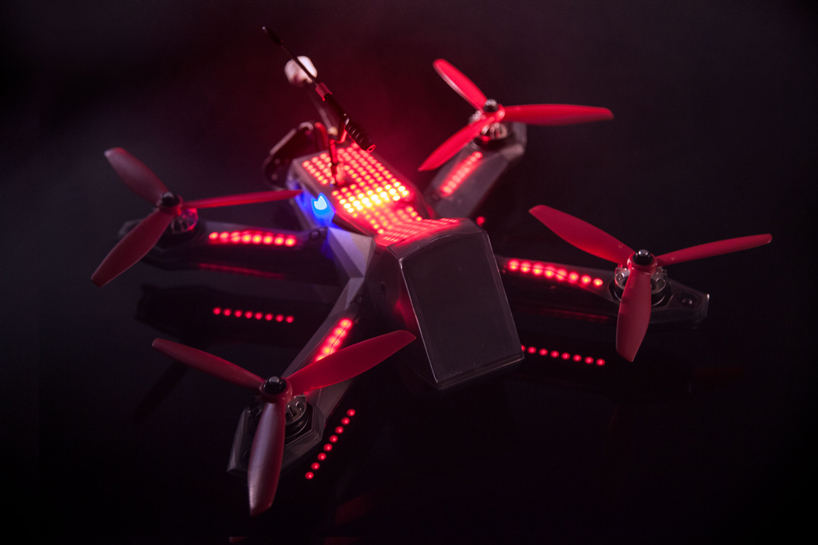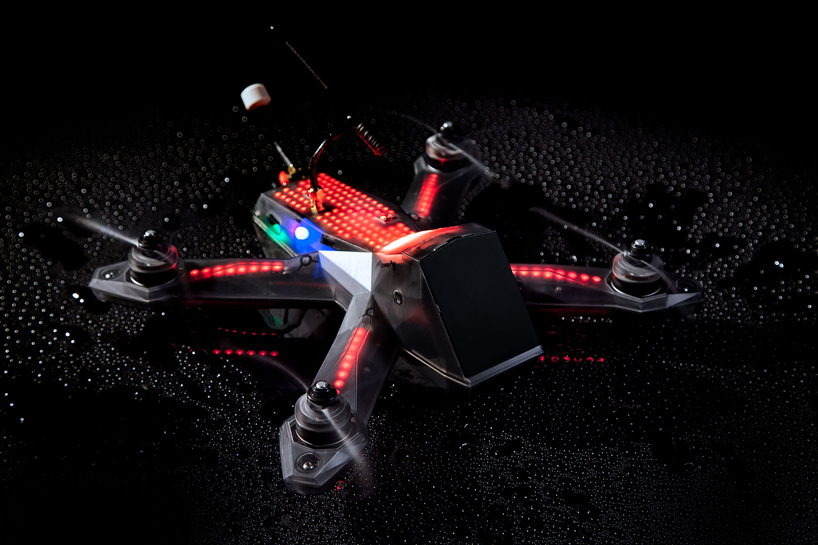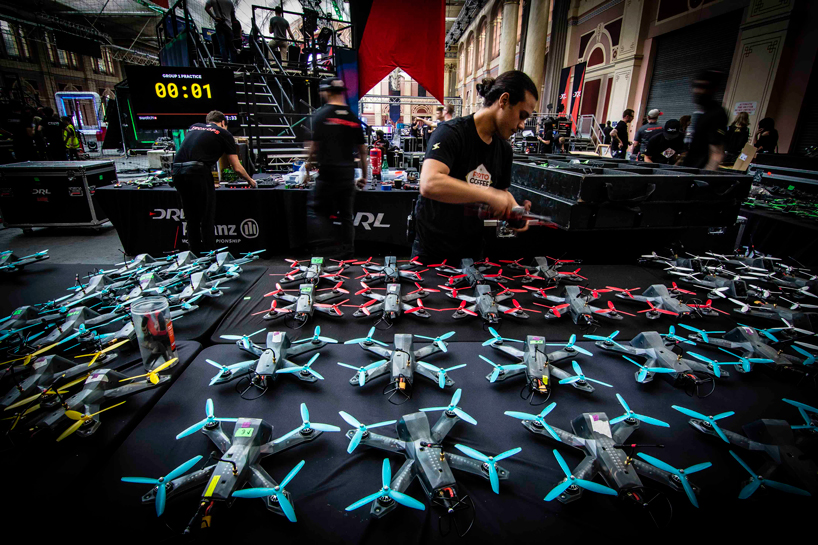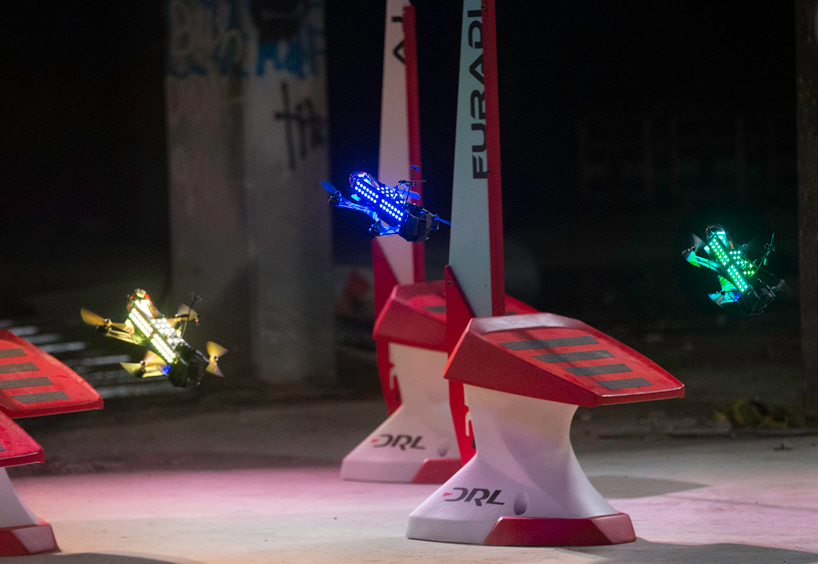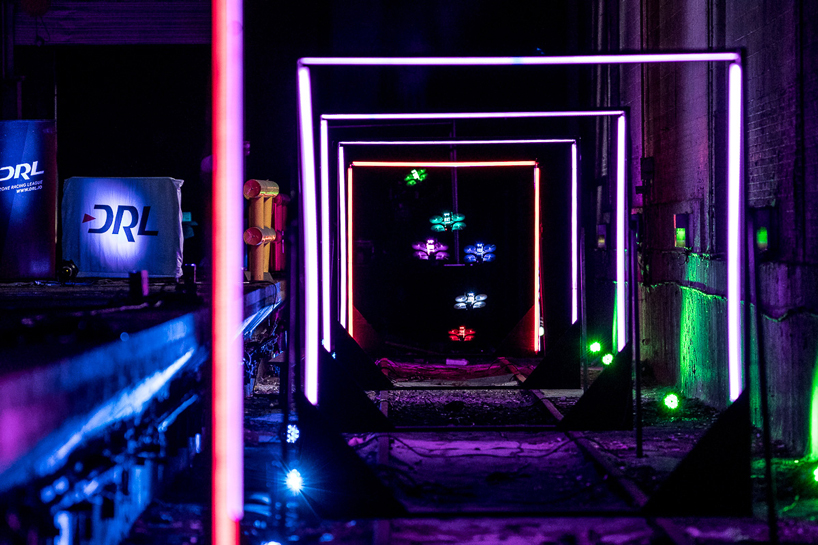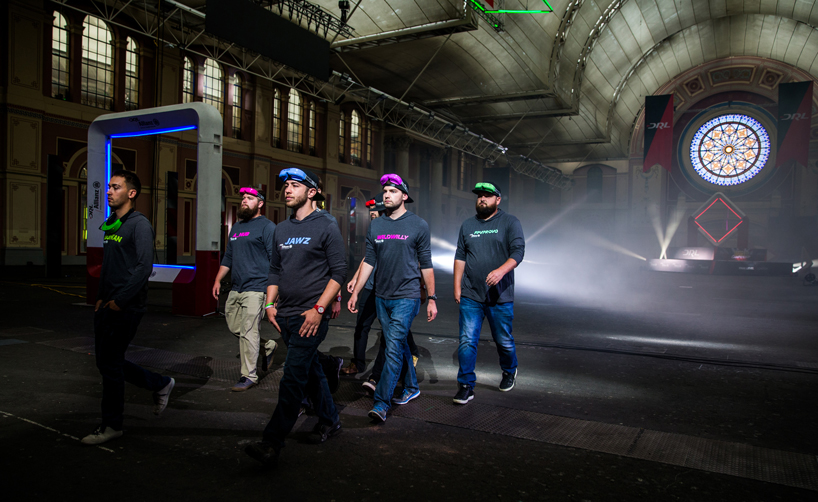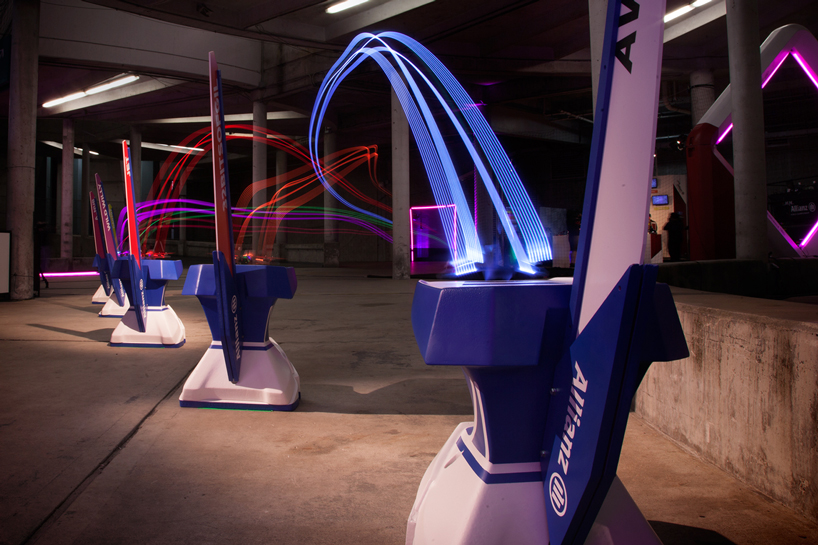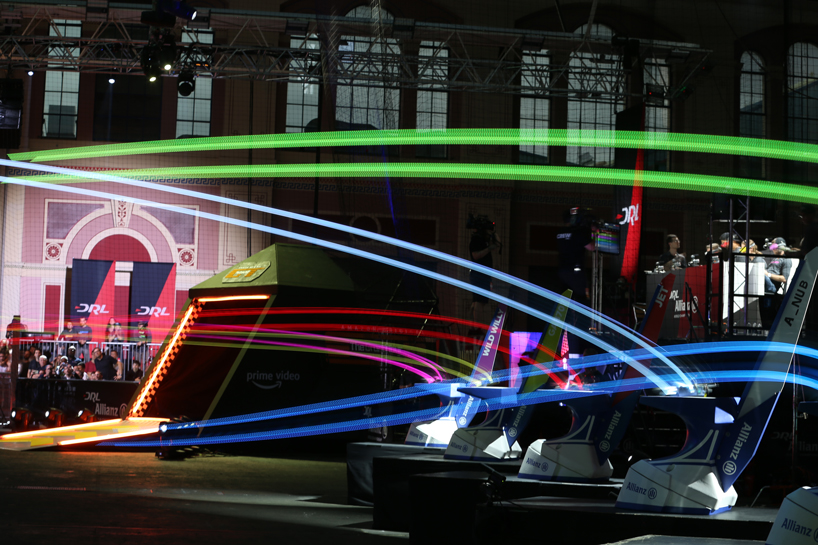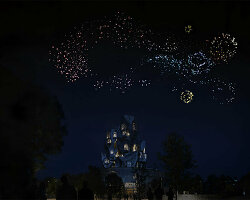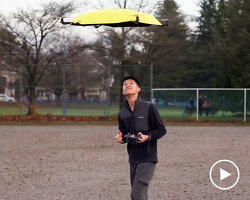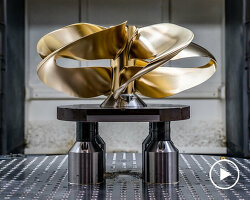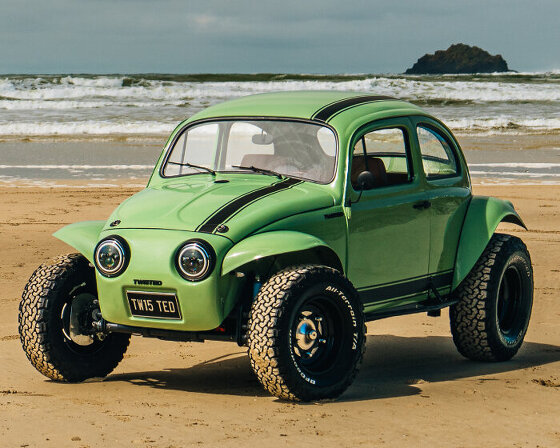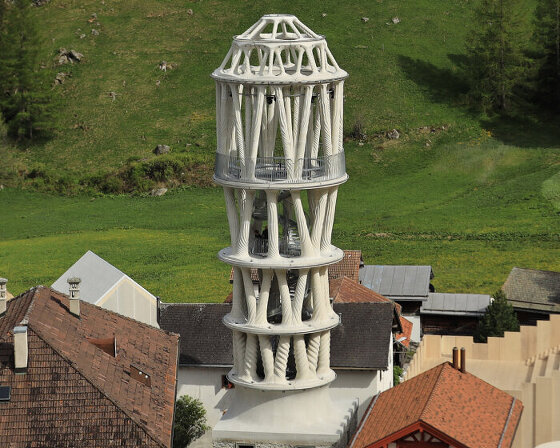KEEP UP WITH OUR DAILY AND WEEKLY NEWSLETTERS
each model starts with an air-cooled beetle from the '60s to '80s, then the design team strips everything off the vehicle.
connections: +1250
from may 23rd, the tower is open every day for guided tours, while the shows begin in july 2025.
developed by tomasz patan, the mastermind behind Jetson ONE, the personal hoverbike levitates and glides in the air with ease.
connections: +300
explore the series of high-tech toys and devices designed with modern features for adults.
